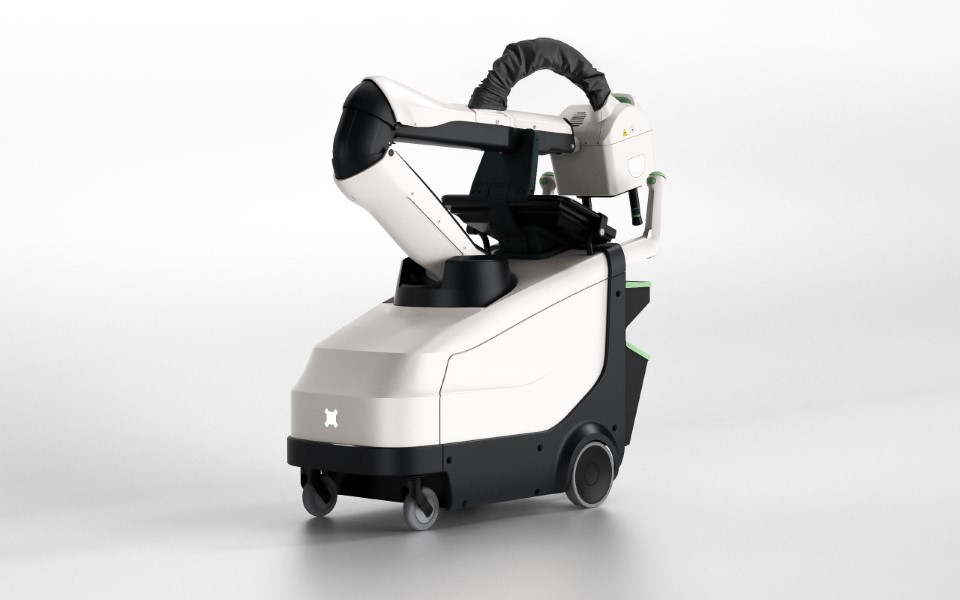

My days at Micro-X have two different forms. As one of the builders for the Checkpoints project, I work with our mechanical engineers to assemble aluminum framing, modify and install panels and other finish-grade parts, and install wiring harnesses between components, to name a few examples. When fabricating, most of my day is spent with hands on the hardware with a handful of update meetings each week. As a software engineer, I work on threat recognition algorithms, which involves a combination of statistical and geometric analysis of CT images. On those days, I spend much more time planning and designing my future code, and reviewing code written by my Imaging teammates.
From a technology perspective, the miniature CT scanner that can quickly create a high-resolution image and recognize threats is the most cutting-edge project I have ever worked on.
The opportunity to work both on software and hardware allows me to practice and improve a wide array of skills. Maybe one day I will specialize, but right now I enjoy being a generalist.
I am still impressed with the ability of the Checkpoints team to rapidly transition from a development/learning mindset to delivering a working and well-polished module.
From a technology perspective, the miniature CT scanner that can quickly create a high-resolution image and recognize threats is the most cutting-edge project I have ever worked on.
I think people would find it unique that, while my role is software engineer, my career is goal is to be an expert builder. Learning to write excellent code is part of becoming someone who can build great, modern technology.
As a high reliability industry, developing medical technology must closely follow regulations and strict design practices. If you like planning and reviewing your designs before writing code, this industry will be a good fit for you. There is plenty of space for creativity and innovation, but it must be expressed within a rigorous development process.


The newly updated Rover Mobile DR X-ray system will be launched at the Radiological Society of North America (RSNA) Annual Meeting in Chicago this November, building on Rover's proven strengths in lightweight, motor-free mobile imaging.


Ahead of World Stroke Day on October 29, Stockhead’s host Fraser Palamara spoke with Australian Stroke Alliance co-chair Professor Stephen Davis about the massive global impact of stroke and the technology reshaping how it’s treated.

Chief Scientist and CEO Americas Brian Gonzales will present Micro-X's Nano Electronic X-ray Technology: Current and Future Clinical Applications on Thursday October 1 at the World Congress on Medical Physics and Biomedical Engineering in Adelaide, South Australia.

Micro-X creates revolutionary X-ray technology to better lives.
Our Purpose
Find out how Micro-X is creating new opportunities for industries across the world.
Find out more
They’re the visionaries and innovators behind our X-ray technology, products, culture and ethos.
Meet the team